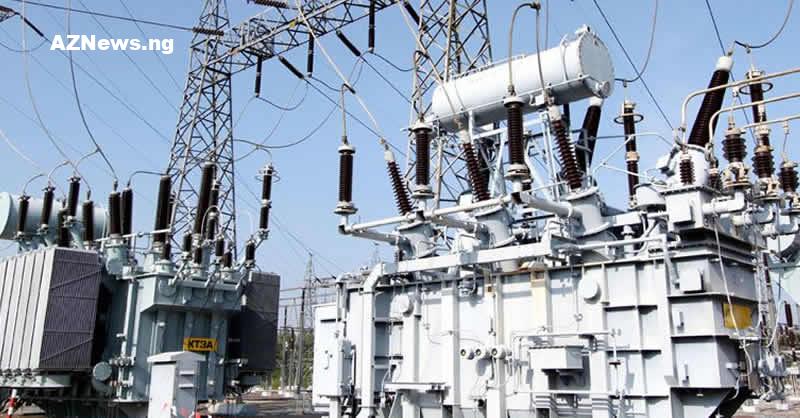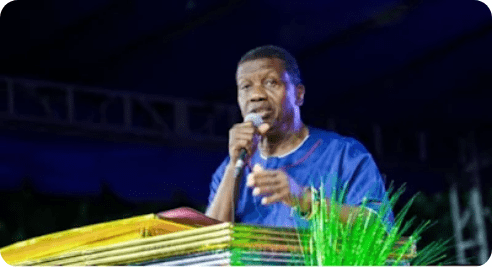BREAKING: FG To Spend N2.3tn Electricity Subsidy In 2025

The Federal Government of Nigeria is preparing to spend approximately N2.36 trillion on electricity subsidies for low-income consumers in 2025. This decision comes as the government plans to introduce a cost-reflective tariff, which would ensure that electricity prices align more closely with the actual cost of power generation, transmission, and distribution.
Breakdown of the Electricity Subsidy
A recent report from the Nigerian Electricity Regulatory Commission (NERC) revealed that in January 2025 alone, the government spent N178.03 billion on electricity subsidies. This was a 10.1% decrease from the N197.91 billion spent in December 2024. The reduction was attributed to a slight adjustment in key electricity pricing indicators.
NERC noted that in December 2024, the weighted average cost-reflective tariff was N213.85 per kilowatt-hour. However, in January 2025, it dropped to N116.75 per kilowatt-hour. This means that the government is still covering a significant portion of electricity costs for consumers to prevent sudden tariff hikes.
Several factors influenced this subsidy calculation, including:
Exchange rate fluctuation: The exchange rate was pegged at N1,556 to the dollar.
Rising inflation: Inflation reached 34.6% in January.
Changes in power generation capacity: The available electricity supply impacted cost adjustments.
Gas-to-power pricing: The benchmark gas price for electricity generation remained at $2.42 per million British thermal units (MMBTU).
Who Benefits from the Subsidy?
The subsidy distribution varies across Nigeria’s electricity distribution companies (Discos). The January 2025 allocation was as follows:
Abuja Disco: N28.38 billion
Ikeja Disco: N27.2 billion
Eko Disco: N22.88 billion
Ibadan Disco: N24.03 billion
Port Harcourt Disco: N14.59 billion
Kaduna Disco: N14.13 billion
Enugu Disco: N15.38 billion
Benin Disco: N15.75 billion
Jos Disco: N11.84 billion
Yobe Disco: N7.77 billion
Challenges with Electricity Subsidy
The government has struggled to keep up with the financial burden of electricity subsidies. In 2024, the total subsidy cost reached N2.37 trillion, but only N450 billion was actually funded, leaving a huge deficit of N1.92 trillion. If a full tariff review had not been implemented in April 2024, the subsidy cost would have climbed to N3.2 trillion, which is 11.64% of the total federal budget.
For 2025, the government estimates that the tariff shortfall will be N2.36 trillion, with no clear source of funding. This raises concerns about the financial sustainability of the power sector.
Government’s Long-Term Plan
The Federal Government is working towards a market-driven electricity sector, where consumers pay for the true cost of electricity. At an energy summit in Tanzania, officials announced plans for an annual $600 million electricity subsidy from 2025 to 2027. The goal is to gradually phase out subsidies while addressing issues like the lack of electricity meters and financial instability in the sector.
Under this plan, subsidies may be structured differently, such as:
A fixed monthly subsidy for each consumer
A subsidy on the first 50 kilowatt-hours of electricity used per month
By 2027, the government hopes to fully transition to cost-reflective tariffs, with a special social tariff in place to protect low-income and vulnerable consumers.
Public Concerns and Resistance
The planned removal of electricity subsidies is a controversial topic. Many consumers argue that electricity tariffs should not increase unless power supply improves. The President of the Nigeria Consumer Protection Network, Kunle Kola Olubiyo, emphasized that Nigeria’s power generation has stagnated since reaching 5,600 megawatts in 2013, making tariff hikes an ineffective solution to the power crisis.
As Nigeria moves towards cost-reflective tariffs, the challenge remains balancing affordability for consumers with the financial viability of the power sector.



